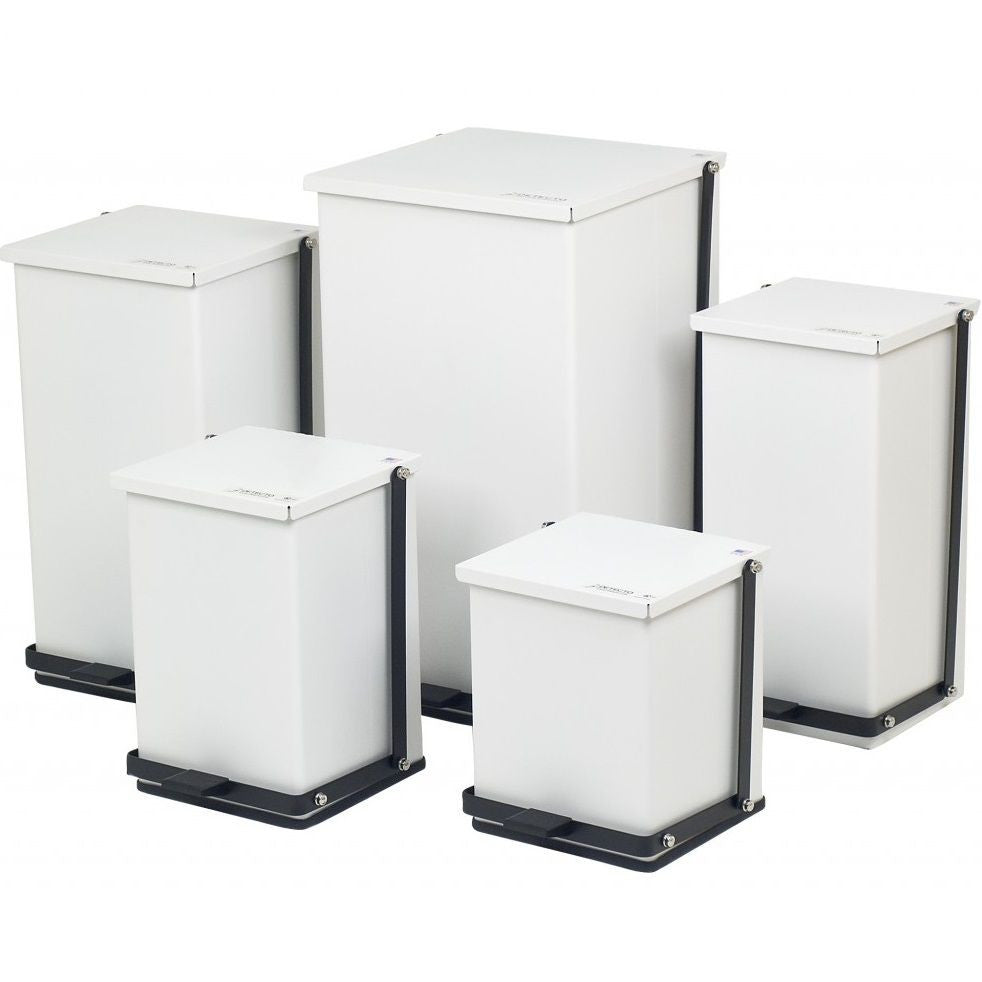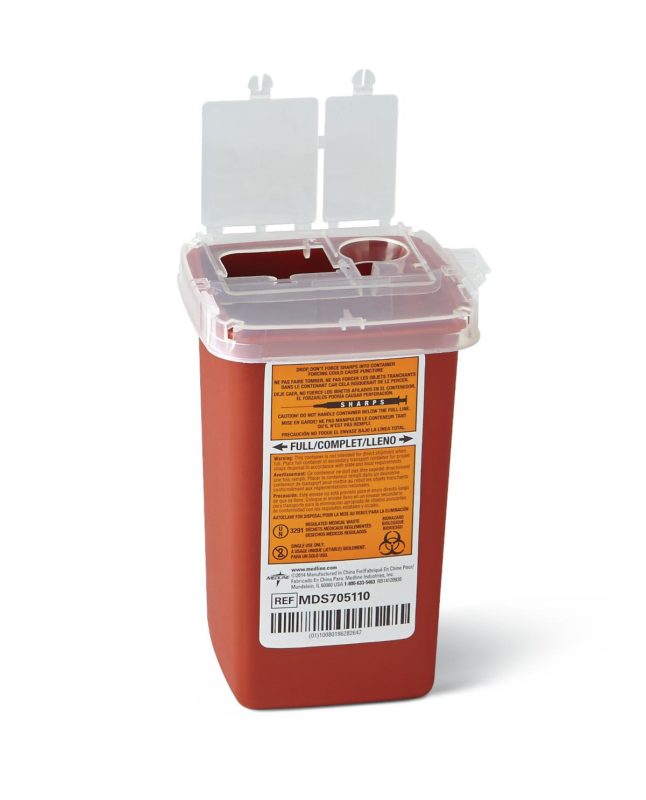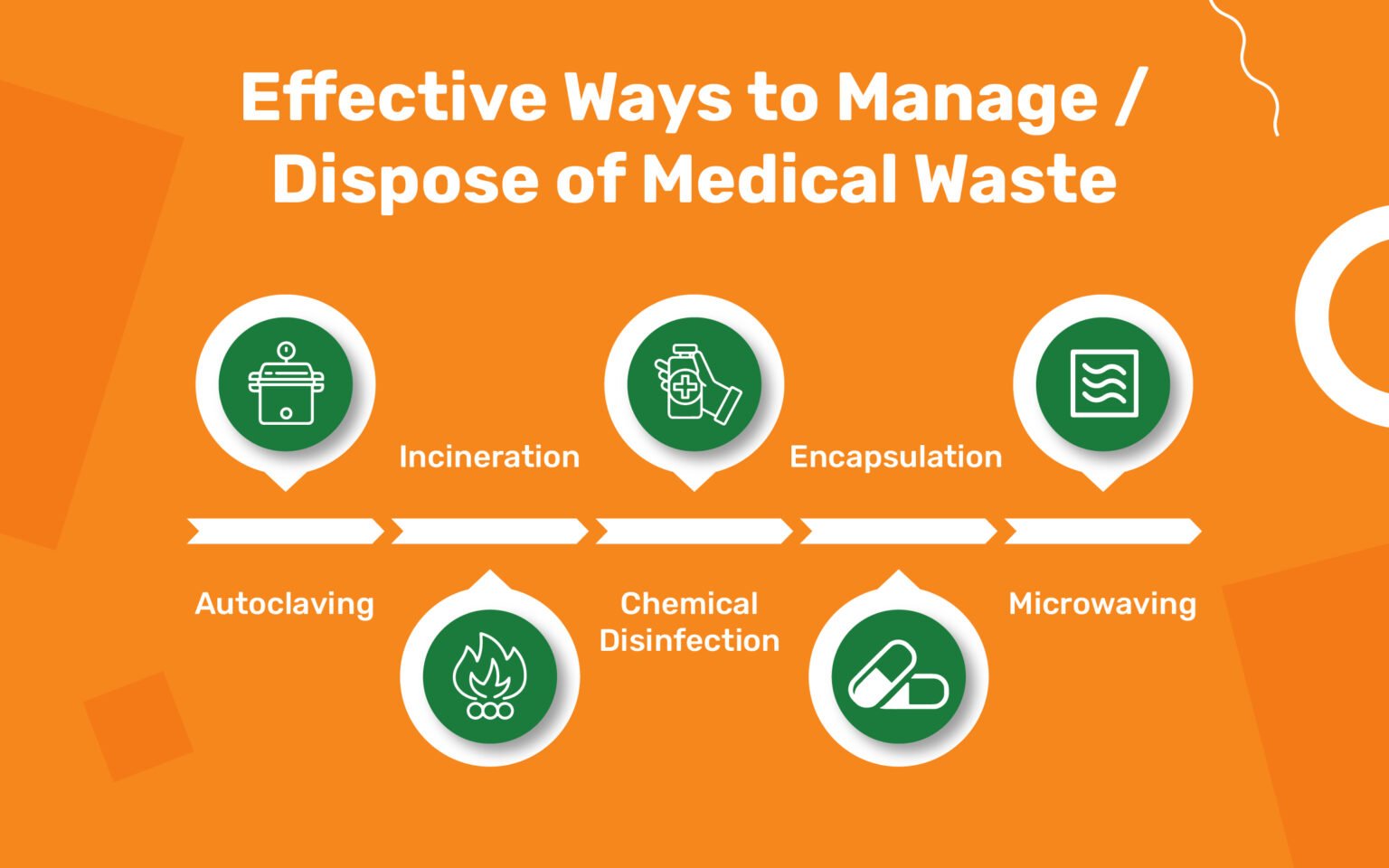Proactive Wellness Solutions: Choosing the Best Medical Waste Removal Near You
Proactive Wellness Solutions: Choosing the Best Medical Waste Removal Near You
Blog Article
Keep Ahead of Regulations: Expert Guidance on Medical Garbage Disposal
In a globe where the health care industry is frequently advancing, it is imperative for clinical centers to stay ahead of laws when it comes to the correct disposal of clinical waste. From comprehending the different categories of clinical waste to applying the ideal collection and segregation methods, this conversation will certainly supply workable suggestions and beneficial insights to help centers stay in advance of guidelines in the ever-changing landscape of medical waste disposal.
Recognizing Clinical Waste Categories
Recognizing clinical waste categories is crucial for appropriate disposal and management in health care facilities. Medical waste describes any waste created by healthcare tasks that may position a hazard to public health and wellness or the setting. It is important to classify medical waste precisely to guarantee its safe handling, disposal, treatment, and transport.
There are several categories of clinical waste that healthcare centers require to be acquainted with. The most typical groups consist of transmittable waste, pathological waste, sharps waste, pharmaceutical waste, and chemical waste. Each category has particular guidelines and laws for its correct management and disposal.
Contagious waste consists of products infected with blood or various other bodily fluids, such as gloves, gowns, and lab societies. Pathological waste describes human cells, body organs, or body components that call for unique handling and disposal. Sharps waste consists of made use of needles, syringes, and various other sharp objects that can cause injury and transmit infections. Pharmaceutical waste comprises ended, unused, or polluted medications that need mindful handling and disposal. Chemical waste consists of solvents, anti-bacterials, and various other chemical compounds utilized in health care facilities.
Remaining Up-To-Date With Regulatory Modifications
Staying present with regulatory changes is vital for medical care centers to make sure compliance and appropriate management of medical garbage disposal. medical waste removal near me. With regulations constantly progressing, it is necessary for medical care centers to stay updated to prevent charges, penalties, and possible damage to the environment and public health and wellness
To stay ahead of governing changes, health care facilities need to develop a system for monitoring and monitoring updates. This can be done by signing up for regulatory e-newsletters, attending meetings and workshops, and actively taking part in industry organizations. Additionally, centers should mark a personnel or team in charge of staying educated and distributing details to appropriate stakeholders.
Normal communication with governing companies is additionally essential. Medical care facilities need to establish relationships with neighborhood, state, and federal agencies to guarantee they are aware of any kind of changes in guidelines that might impact their waste administration techniques. This can be done through routine conferences, participation in public comment durations, and aggressive engagement with regulative firms.
In addition, health care centers ought to consider partnering with waste administration companies that focus on medical garbage disposal (medical waste disposal services with WasteX). These business are commonly fluent in the current guidelines and can give guidance and support to guarantee compliance
Carrying Out Correct Collection and Partition Approaches
To effectively manage medical waste disposal, health care facilities should establish appropriate collection and segregation techniques in conformity with regulative guidelines. Carrying out these methods guarantees the risk-free handling and disposal of potentially dangerous materials, protects the environment, and minimizes the risk of infections and injuries to healthcare employees and the basic public.
Correct collection and partition techniques involve making use of designated containers and labeling systems. Medical care centers need to supply clearly labeled containers for different discover this kinds of clinical waste, such as sharps, contagious waste, pharmaceutical waste, and non-hazardous waste. These containers ought to be color-coded and clearly significant to prevent confusion and promote very easy recognition.
Furthermore, health care facilities need to train their staff on the proper treatments for gathering and segregating clinical waste. This consists of educating them on the different kinds of waste, the ideal containers to utilize, and the significance of following regulations and standards. Regular training sessions and correspondence course should be performed to make sure that team member stay up-to-date on ideal methods.
Furthermore, medical care centers should develop a system for routine collection and disposal of medical waste. This might include partnering with certified waste management firms that focus on medical garbage disposal. These companies will make certain that the gathered waste is delivered and thrown away in compliance with governing demands.
Picking the Right Disposal Techniques

Incineration is one of the most efficient and typical techniques for taking care of certain sorts of medical waste, such as pathological waste and sharps. It includes the controlled combustion of waste at high temperatures, decreasing it to ash. Incineration can launch dangerous toxins right into the air and add to air pollution.

Various other disposal techniques include chemical therapy, microwave therapy, and landfilling. Chemical treatment involves the usage of chemicals to decontaminate and reduce the effects of the waste. Microwave therapy utilizes microwave power to warmth and decontaminate the waste. Landfilling entails hiding the waste in an assigned garbage dump area (medical waste disposal services with WasteX). However, landfilling needs to be the last resource because of the possible risk of contamination to dirt and groundwater.
Making Sure Conformity Via Documents and Training
After meticulously considering the suitable disposal techniques for medical waste, health care facilities should guarantee compliance with policies and lessen ecological effect by carrying out efficient documents and training treatments. This action is vital in keeping a risk-free and sustainable environment for both medical care workers and the general public.

Training is just as essential in making sure conformity with regulations. Health care employees that handle medical waste must obtain appropriate training on waste segregation, taking care of, and disposal treatments. This training should cover topics such as the appropriate use individual protective equipment, identification of various kinds of waste, and the proper disposal methods for each waste classification. By supplying thorough training, healthcare facilities can empower their personnel to make educated choices and decrease the threat of improper waste disposal.
Final Thought
To conclude, staying ahead of policies in medical waste medical waste disposal services with WasteX disposal is essential for health care facilities. medical waste removal service. Understanding the various groups of clinical waste, remaining updated with regulatory adjustments, applying appropriate collection and segregation methods, choosing the appropriate disposal approaches, and guaranteeing compliance through documentation and training are all crucial actions. By following these standards, medical care companies can successfully handle and dispose of clinical waste in a safe and responsible fashion
From recognizing the different classifications of clinical waste to applying the ideal collection and segregation techniques, this discussion will provide valuable insights and actionable ideas to assist centers stay in advance of policies in the ever-changing landscape of clinical waste disposal. - medical waste disposal services with WasteX
The most typical classifications consist of transmittable waste, pathological waste, sharps waste, pharmaceutical waste, and chemical waste. Healthcare facilities ought to offer plainly classified containers for various kinds of clinical waste, such as sharps, infectious waste, pharmaceutical waste, and non-hazardous waste. Healthcare facilities ought to establish a detailed system to videotape and track all facets of clinical waste disposal, including types of waste generated, quantities, and disposal methods used. Healthcare workers who manage medical waste must get proper training on waste partition, taking care of, and disposal procedures.
Report this page